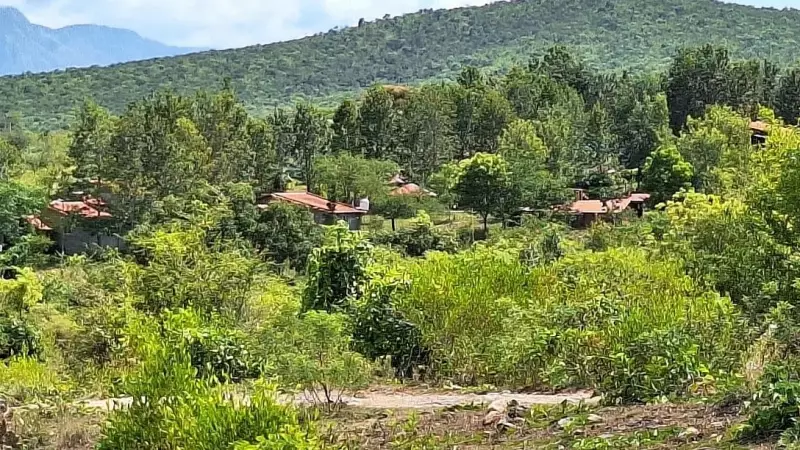
In a long-overdue move, the Karnataka forest department has finally been directed to investigate numerous illegal resorts operating within eco-sensitive zones (ESZs) surrounding protected forests and wildlife sanctuaries across the state.
The Eight-Year Delay
This action comes a staggering eight years after the Comptroller and Auditor General (CAG) first flagged these serious environmental violations in a damning report. The CAG's 2016 audit had exposed how multiple commercial establishments, primarily resorts, were illegally constructed and operating within the protected buffer zones meant to shield fragile ecosystems from human interference.
Current Investigation Status
According to recent developments, the Principal Chief Conservator of Forests (PCCF) has now issued formal directions to all Chief Conservators of Forests and Conservators of Forests across Karnataka's territorial circles. These officials have been instructed to conduct thorough investigations into resorts operating within ESZs and submit detailed reports.
The investigation aims to determine:
- Which resorts are operating without proper permissions
- The exact locations of these establishments relative to protected zone boundaries
- The environmental impact of these illegal operations
- Potential violations of forest and wildlife protection laws
Broader Implications
This belated action represents a significant step toward enforcing environmental regulations that have been largely ignored for nearly a decade. Eco-sensitive zones serve as critical buffer areas around national parks, wildlife sanctuaries, and reserved forests, designed to minimize human impact on fragile ecosystems and protect wildlife habitats from commercial exploitation.
The prolonged delay in addressing the CAG's findings raises serious questions about enforcement mechanisms and the effectiveness of environmental governance in the state. Environmental activists and conservation groups have long argued that such violations undermine conservation efforts and threaten biodiversity.
What Happens Next?
Forest department officials across various territorial circles are now compiling their findings, which could lead to:
- Legal action against violators
- Demolition of illegal structures
- Hefty fines for environmental damage
- Strengthened monitoring of ESZ boundaries
- Policy reforms to prevent future violations
The outcome of these investigations will be closely watched by environmentalists, policymakers, and the tourism industry alike, as it could set important precedents for how India balances conservation priorities with commercial development in ecologically sensitive regions.





